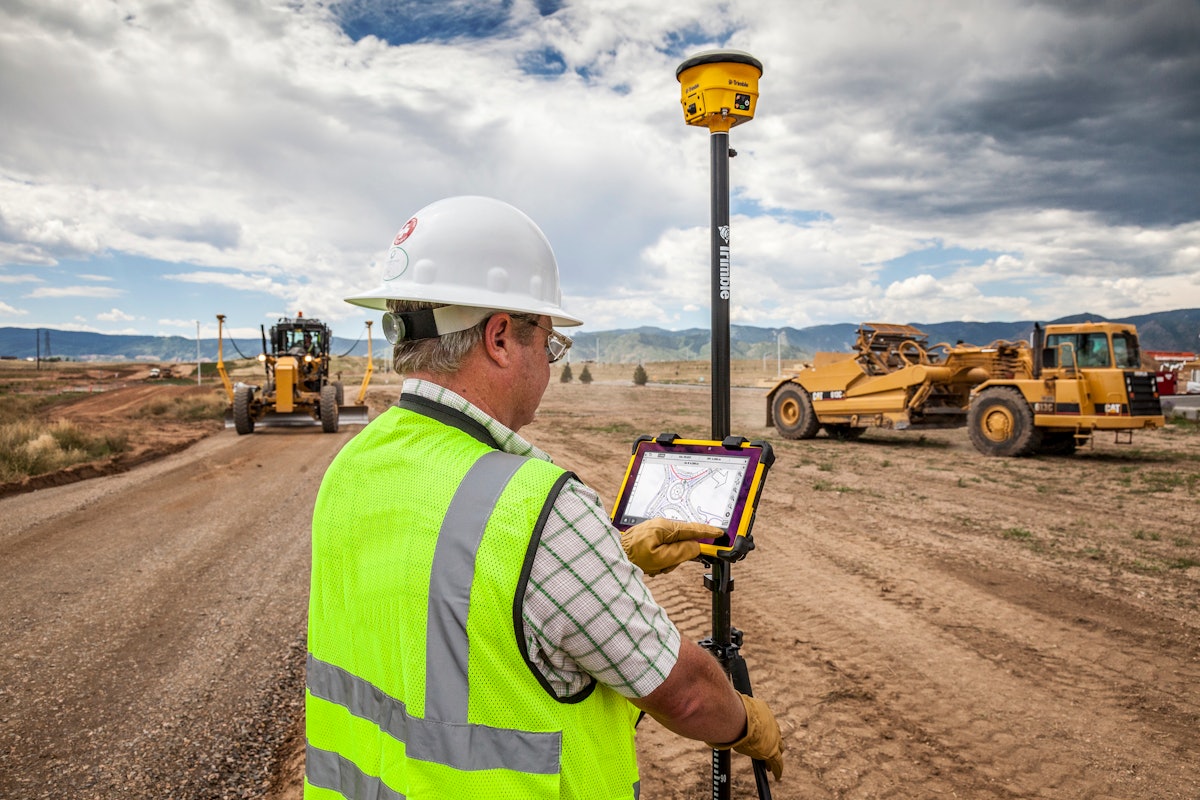The deployment of rugged electronics is becoming an increasingly critical factor for exporters and importers globally. These devices are designed to withstand extreme conditions, making them ideal for a variety of industrial applications. Understanding how to effectively deploy these robust systems can lead to enhanced operational efficiency and reduced downtime, which are crucial for businesses involved in international trade.

Understanding Rugged Electronics
Rugged electronics are specifically engineered to resist harsh environmental conditions such as extreme temperatures, moisture, dust, and vibrations. They are predominantly used in sectors like military, manufacturing, transportation, and outdoor fieldwork. These devices are built to last longer and work reliably under conditions where standard electronics might fail.
Importance for Exporters and Importers
For exporters and importers, deploying rugged electronics means fewer interruptions in logistics and supply chain operations. As these devices are less prone to damage, they ensure seamless operations, which is vital for maintaining schedules and meeting client expectations.
Key Features of Rugged Electronics
Rugged electronics typically feature a durable build, advanced sealing against environmental factors, and superior shock and vibration resistance. Their robust design allows them to function effectively in challenging environments, making them indispensable in sectors requiring high reliability and durability.
Industry Applications
These electronics are pivotal in industries where equipment failure is not an option. In the military, they are used for communication and navigation. In transportation, they help in managing logistics systems. They are also crucial in hazardous environments where safety and reliability are paramount. For more detailed applications, you can visit our article on railway systems.
Deployment Challenges
Deploying rugged electronics does come with its set of challenges. The initial cost can be high compared to regular electronics. Additionally, integrating these systems within existing infrastructure can require specialized technical expertise.
Overcoming Deployment Challenges
To mitigate these challenges, businesses can focus on proper planning and training. Investing in quality installation and regular maintenance can prolong the lifespan of these devices, ensuring a better return on investment. For guidance on maintaining these systems, see our article on power protection.
Technological Advancements
Recent technological advancements have improved the functionality and affordability of rugged electronics. Innovations in materials science and miniaturization technology have made these devices more accessible to a broader range of industries.
Future Trends
The future of rugged electronics looks promising, with developments aiming at increasing their functionality while reducing costs. Trends indicate a growing demand for ruggedized IoT devices and wearables in industrial applications.
Strategic Implementation
Implementing rugged electronics strategically involves understanding the specific needs of your business operations. Evaluating the environmental conditions and choosing the right devices that meet these demands is crucial. This strategy ensures that the devices perform optimally and enhance business operations.
Case Study: Successful Deployment
One successful case study involves a logistics company that integrated rugged tablets into its operations, significantly reducing downtime and improving delivery efficiency. The company reported a 20% increase in productivity after the deployment.
Conclusion
In conclusion, the deployment of rugged electronics is essential for exporters and importers aiming to enhance their operational efficiency. By understanding the benefits and challenges, and staying abreast of technological advancements, businesses can leverage these robust systems for a competitive edge.

Faq
What are rugged electronics?
Rugged electronics are devices designed to operate in extreme environmental conditions, making them ideal for industries requiring high durability and reliability.
Why are rugged electronics important for exporters and importers?
They ensure seamless operations with minimal disruptions, which is crucial for maintaining schedules and meeting client expectations in global trade.
What are the future trends in rugged electronics?
Future trends include increased functionality, reduced costs, and the integration of IoT and wearable technologies into rugged devices.
For further reading on rugged electronics, visit this comprehensive guide.


